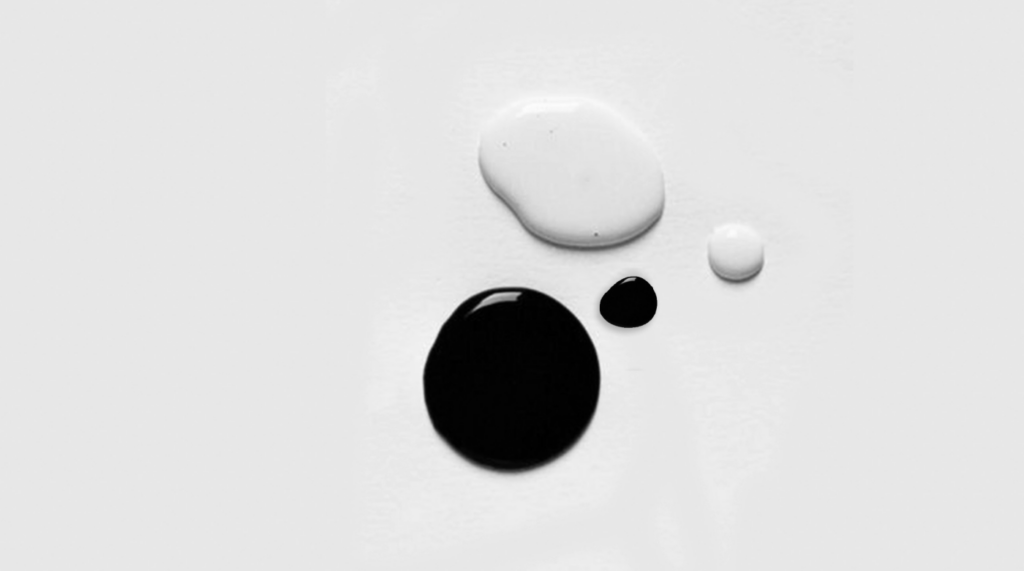Explore the fine balance in ethical design between persuasion and manipulation and how UX designers can design responsibly.
At the heart of UX design is the goal of making user experiences as intuitive and appealing as possible. But with the power to guide user behaviour comes the responsibility to recognize and respect ethical boundaries. The question of how much manipulation is too much is becoming increasingly important given growing concerns about the impact of design decisions on user autonomy and wellbeing. This article dives into the complex world of ethical design and explores where designers should draw the line. We reveal our tips as a user experience design user research agency!
What is ethical design?
Ethical design refers to the practice of designing digital products in a way that respects the rights, freedom and well-being of users. It is about creating transparent, fair and respectful experiences that do not mislead, exploit or overwhelm users.
The balancing act between persuasion and manipulation
Every design influences user decisions. However, the difference between persuasion and manipulation lies in the intent and transparency of design decisions. Persuasion aims to inform and support users, while manipulation aims to persuade users to take a certain action, often to the benefit of the company and to the detriment of the user.
Ready
to get started?
As an agency for user experience and user research, we support you in optimizing your products and services for your users with professional UX design. From conception to consulting to user testing, we are at your side every step of the way!
Examples of manipulation in design
- Dark patterns: Design strategies that lead users to make unwanted decisions.
- Hidden costs: The practice of not disclosing additional fees until the last step of the purchase process.
- FOMO (Fear of Missing Out): Exploiting the fear of missing out in order to force quick decisions.
Principles of ethical design
- Transparency: Clearly communicate what users can expect from a campaign.
- Respect: Do not pressure users into actions that they do not explicitly choose.
- Freedom: Give users control over their decisions, without coercion or misdirection.
The role of designers
Designers play a key role in ethical design. They must be aware of the power they have to influence user behavior and use this power responsibly. This requires a deep understanding of the ethical implications of their work and the courage to question practices that could jeopardize the well-being of users.
Guidelines for ethical design
- Involve the users: Obtain regular feedback from real users to ensure that the design respects their needs.
- Ongoing education: Continuously inform and educate yourself about ethical design practices.
- Ethical review: subjecting design decisions to an ethical review to avoid unintended consequences
Conclusion
Ethical design in UX is not a luxury, but a necessity In an age where digital products have a huge impact on our daily lives, designers must take responsibility for promoting positive and respectful user experiences. By clearly defining the line between persuasion and manipulation and integrating ethical principles into our work, we can ensure that our designs put the wellbeing of users at the center.
From the latest industry trends and the latest insights into AI and UX/UI design to exciting use cases. Sign up for our monthly newsletter and stay up to date!
Stay
tuned
More articles




